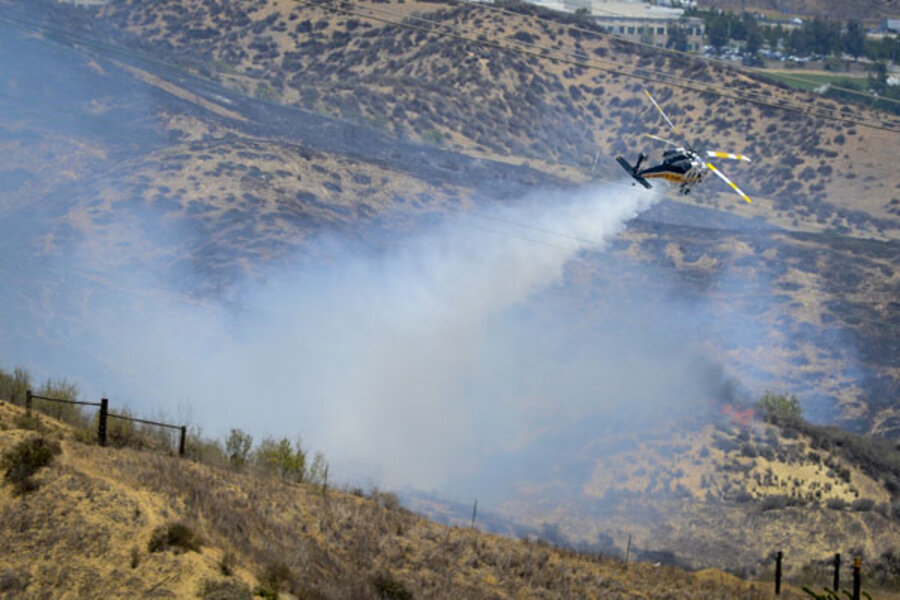National and state wildfire policies continue to evolve. In the past, authorities relied on suppressing fires. Today, they are more inclined to let smaller fires burn. These new pro-fire policies and “prescribed burns” are designed to avoid a buildup of flammable vegetation that results in less frequent but more intense fires.
For the latest information, visit websites including these.
• Fire Adapted Communities Coalition
• National Fire Protection Association
• International Association of Fire Chiefs’ “Ready, Set, Go!” program
• Institute for Business & Home Safety
• "Wildfire, Wildland, and People: Understanding and Preparing for Wildfire," the US Forest Service's 2013 40-page report (pdf)
More states and communities now offer direct support to homeowners, such as providing free home fire-risk inspections and free or cost-shared clearing, chipping, and disposal of debris. The Maine Forest Service, for example, provides a free Defensible-Space Chipping Program brochure (pdf) to remove cleared materials. The US Forest Service provides a comprehensive database of state and local wildfire hazard mitigation programs (though it hasn’t been updated since January 2010 because of budget constraints).





